
How To: Create a blue smoky eye look
Get this glamorous blue smokey eye look with this how to video. This makeup tutorial uses MAC Cool Heat collection.


Get this glamorous blue smokey eye look with this how to video. This makeup tutorial uses MAC Cool Heat collection.
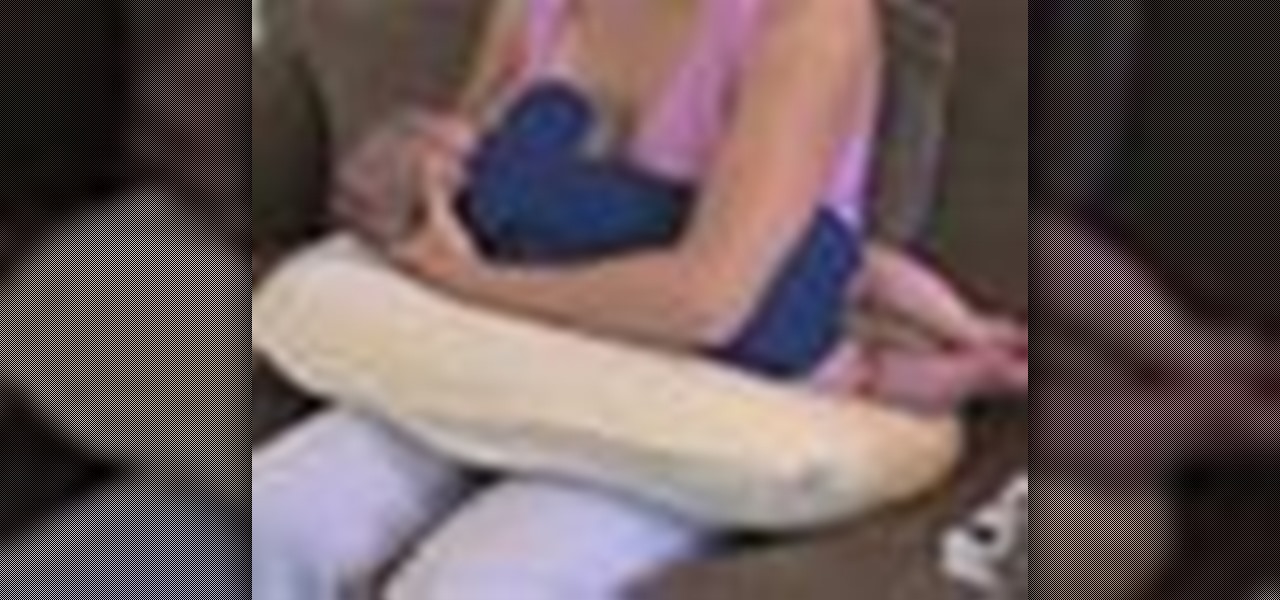
Sometimes, it is necessary for nursing mothers to express or pump breast milk. Watch this video for tips on how to pump, store and re-heat breast milk.

This is a tutorial on creating a redneck hot tub using an old bathtub, some wood for a fire , bubble bath and some snow. Get ready to heat up your back woods with this sensational invention.

Watch and learn how to make a flame spin in circles!. Create different patterns with low heat flames.

This video demonstrates how to properly do ujjayi breathing. Ujjayi breathing aids in yoga poses by bringing maximum amount of oxygen to the body and generating heat in the body.

This video segment will show you how to build a plastic line bender using BriskHeat Strip Heater, so that you can bend plastic at home.

Palak paneer (spinach with homemade cheese which doesn't melt when heated) is easily one of the most recognizable and popular Indian dishes. It's packed with the goodness of spinach and loaded with protein from the paneer.

Backpacker editor-in-chief Jon Dorn explains 5 field-tested techniques for eliminating the three main causes of blisters: heat, moisture, and friction. Learn more from Backpacker's Gear School in the March 2007 Gear Guide, and at www.backpacker.com/video.

Dr. Patricia Fine turns up the heat with her healthier version of Chicken Fricassee.

Yes, we know cooking broccoli is a pretty basic skill and you probably know one way to do it already, but let us ask you: Do you actually ENJOY eating that broccoli? If not, then it's prime time to give some new cooking methods a try. Mentioned in this food tutorial are several methods for heating up this cruciferous vegetable, including adding water to it (steaming), putting it on the stovetop, and even throwing it in the microwave.

As a doctor, sometimes it will be necessary to perform a neurological examination of your patient to rule out any neurological disorders. Your objective is to identify abnormalities in the nervous system, to differentiate peripheral from central nervous system lesions, and to establish internal consistency. This is a great video less that outlines the complete neurological exam procedure. It's great for medical students or doctors, and even nursing students can learn a thing or two.

Caramel is delicious, but it can be a tricky flavor to incorporate into baking. Traditionally, caramel is a liquid, and that doesn't always suit dessert preparation since adding extra liquid to baked goods can ruin them. So how do you get that buttery, toffee-like flavor?
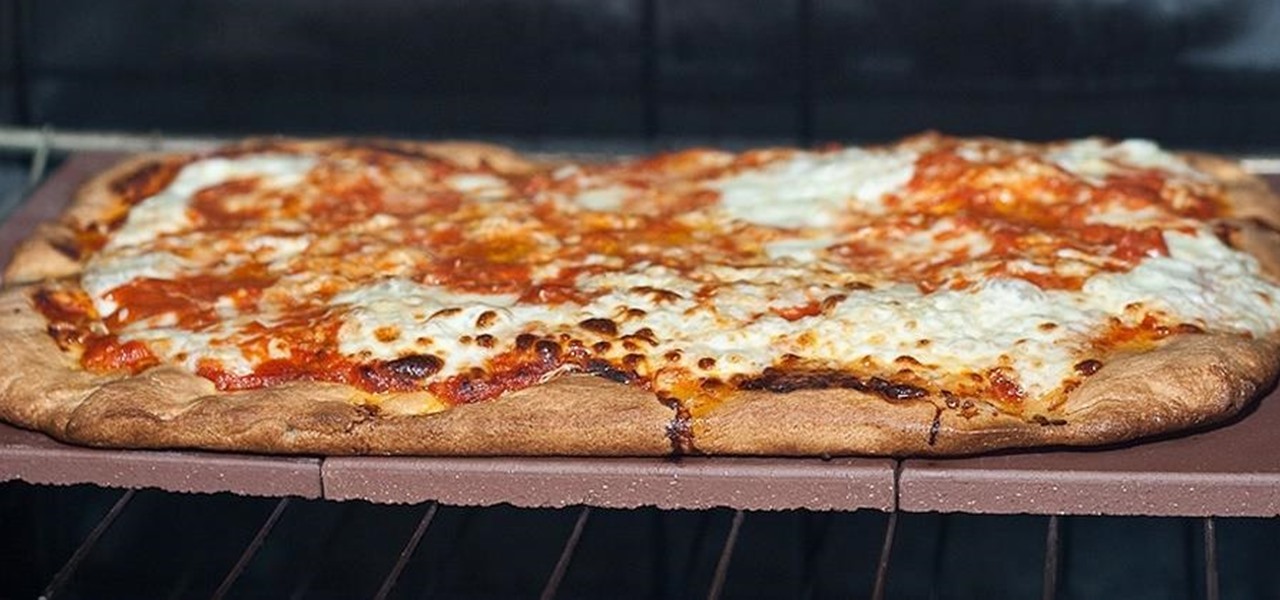
Making pizza at home is fun and easy—until you get your creation into the oven. Then all of a sudden, your crust gets soggy and your toppings ooze off into one big mess.
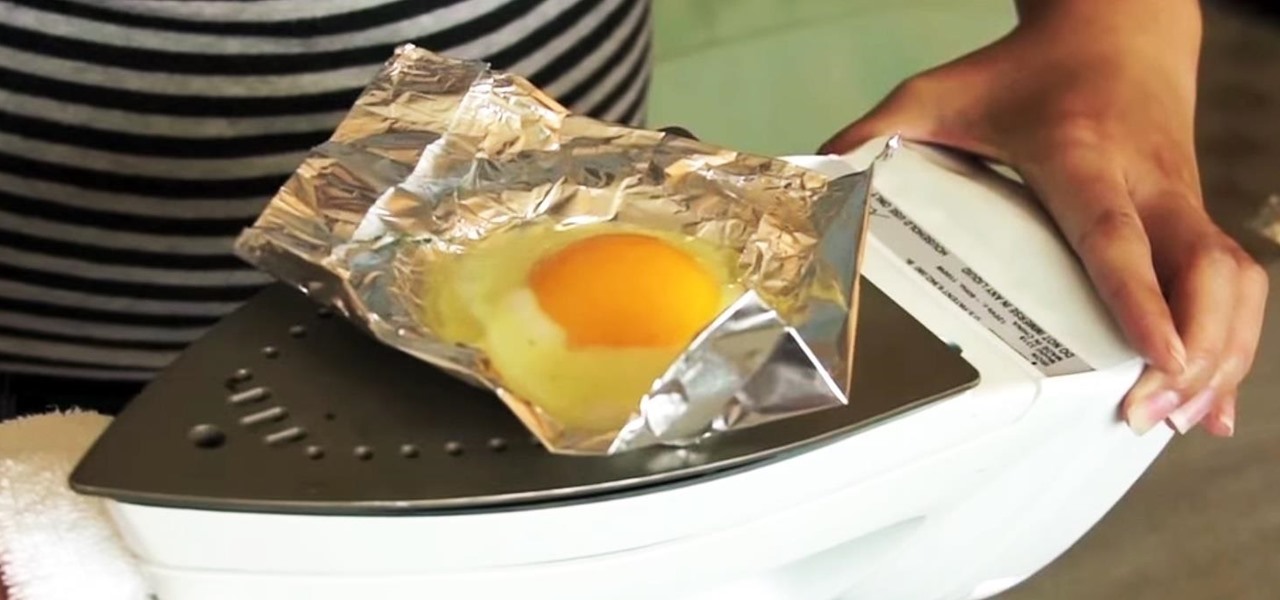
Ironing is a serious chore: hot, unpleasant, and frustrating all in one, but necessary if you don't want to look like you crawled out of bed just before work. While you might only turn to your flatiron when faced with wrinkled clothing, this little appliance packs the power to tackle even greater challenges—and here are our 10 favorites.
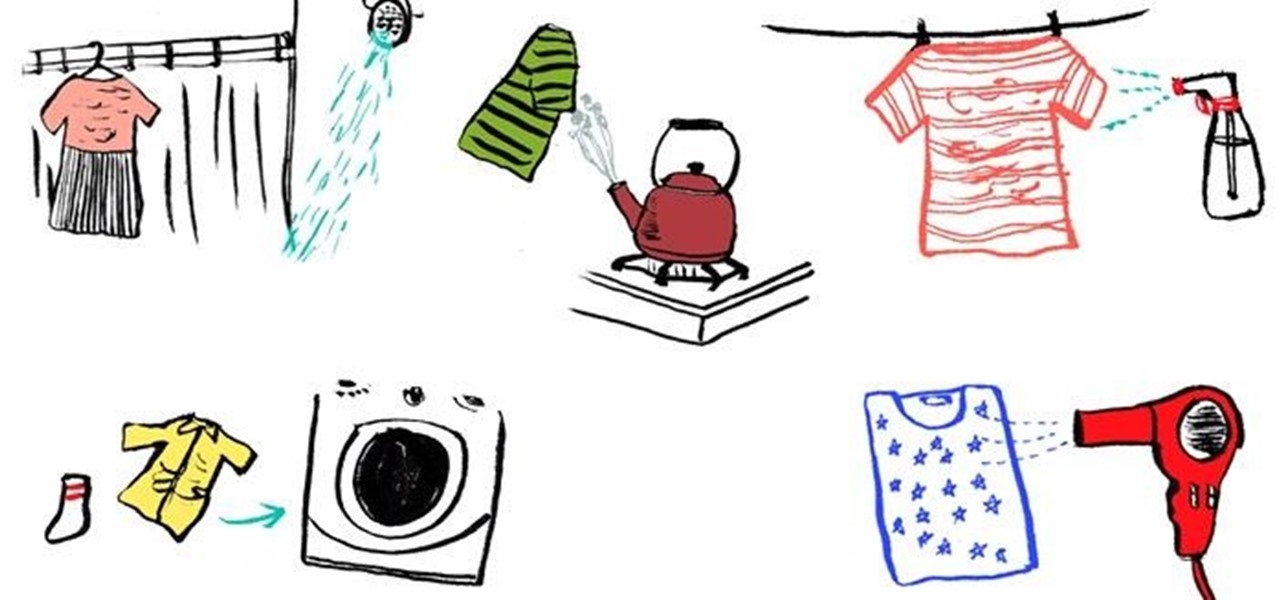
Need to remove wrinkles from your shirt but don't want to bust out the iron and ironing board (or don't even have one)? Well, with a little bit of do-it-yourself ingenuity, you can "iron out" that wrinkly top in no time.

Tim Carter explains how they work and how a central vac is installed. Tim asks the question why lug around a heavy vacuum when central vacuum systems can do the work for you? Lenghty project, but esy-to-do with Tim's instructions.

Place 2 Tbsp. oil in a wok or large frying pan over medium to high heat. Add garlic, galangal (or ginger), shallots, and chili. Stir-fry until fragrant (about 1 minute). Stir-frying Tip: Add a little water to the wok/pan when it gets too dry instead of more oil.

What goes great with eggs, bacon and toast for breakfast? Hash browns of course. You will need:

Everyone loves ice cream, no matter what age they are. So why not try making a little homemade ice cream instead of hitting up Ben & Jerry's? You'll enjoy it, and most of all, you're kids will love it. With this recipe and an ice cream maker, you can create your own sundaes, shakes and ice cream cones at home.

This video is about how to make Eggs Benedict with Hollandaise sauce. The first step that you will have to do is to make clarified butter for the Hollandaise by melting 4 sticks or 1 pound of butter. Add butter and simmer slowly. During the heating of the butter, skim off the frothy layer top. Don't forget to skim every two to three minutes. Then after heating, place it in a measuring cup. The next step is to add vinegar to a simmering water. Then, separate three egg yolks. After separating, ...

Check out this informative video tutorial from Apple on how to organize your Mail in Mac OS X's Mail. See how to sort messages with rules, create smart mailboxes, and comlpletely organize your mail. Mac OS X. It's what makes a Mac a Mac.

Check out this informative video tutorial from Apple on how to use the basics of Mac OS X Mail. See how to set up mail with your email accounts, compose messages, add attachments, view attachments with Quick Look, and search through Mail. Mac OS X. It's what makes a Mac a Mac.

Check out this informative video tutorial from Apple on how to use Mac OS X Mail to its fullest. See how to filter out junk mail, use data detectors, and view RSS feeds in Mail. Mac OS X. It's what makes a Mac a Mac.

Learn how to make some casual, traditional, and unique dishes with tutorial help from myrecipes.com. In this video recipe, learn how to make turkey noodle soup. This simple, 35-minute recipe from Cooking Light magazine gives turkey leftovers a fresh start in soul-satisfying soup.

Make Mediterranean chicken with quince. Ingredients

Sautéed mushrooms and boiled green peas simmered in creamy, spicy onion-tomato gravy. Mushroom mutter gravy is typical a North Indian gravy. It is made from onion and tomato. it is spiced up with regular spices. Just like other vegetables, these mushrooms are also healthy and nutritious, good for our body.

My least favorite aspect of the winter season is how my fingers always turn into stiff, numb digits, unfeeling and seemingly incapable of making even the slightest movement. Yes, that might sound overdramatic, but if you hate wearing gloves like I do, you probably know exactly what I mean.

Checking the weather ranks among the most mundane but essential tasks you can do on your smartphone. Thankfully, both the iOS App Store and Google Play are loaded with weather apps that add some much needed spice to this daily routine, giving you less of a reason to be caught unaware.

Video: . This Video will Show you how to Stretch your Natural hair with no Heat. I love doing this Method it is just as good as blowing your hair out. It gives your hair length without putting heat to it.

We've all been there. You can't decide what you want to eat and, even more confusingly, you want two distinctly different things, whether it's sweet and salty, Chinese and, well, cheese. Chances are when you're in this state of indecision, you also want to make this mythically satisfying meal really, really fast.
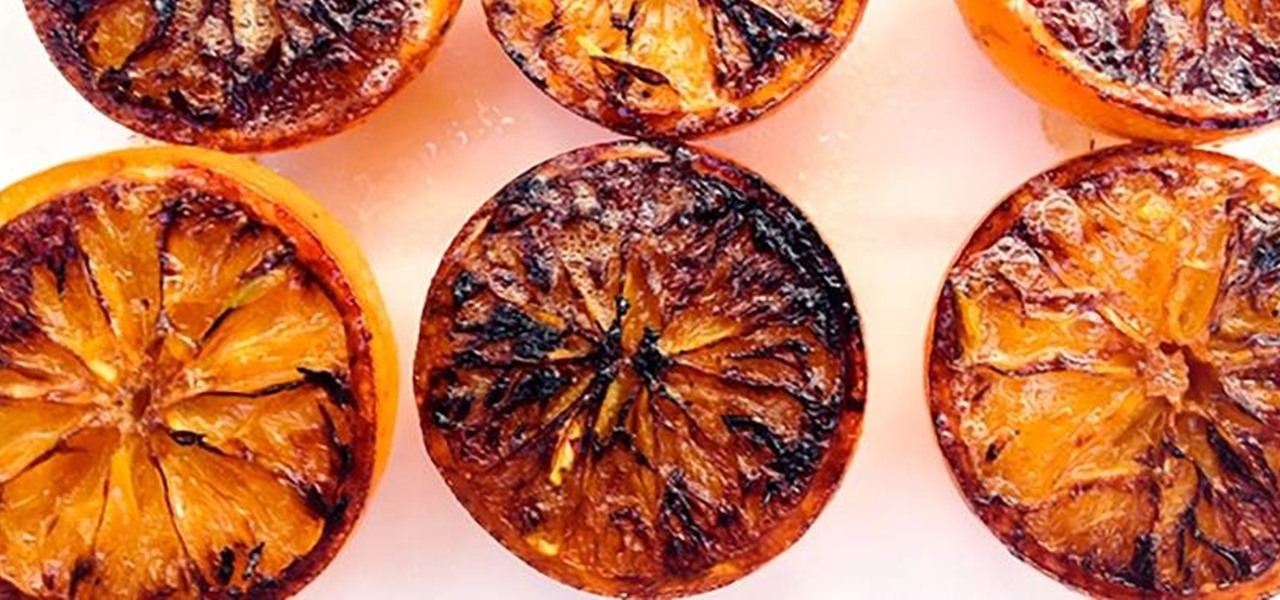
We're a little citrus-obsessed, and with good reason: lemons, limes, oranges, grapefruit: Mother Nature really packed those babies with flavor, from peel (which you can zest without special tools) to juice. Now executive chef Amanda Freitag of Empire Diner has come up with a way to make those lemons and limes give up even more flavor by applying a lot of heat.

Summer is here, and with the season comes more freedom and searing heat. It's the ultimate between-a-rock-and-a-hard-place situation. You want to be outside and enjoy the sun, but you don't want to be over-powered by it. Thankfully, you can create makeshift misters on the cheap to enjoy the summer heat right on your deck.

You've undoubtedly seen this trick on the internet or from your beloved Italian nonna: balance a wooden spoon across a pot of cooking pasta to prevent the water from boiling over and creating an unsightly, sticky mess all over your stovetop. It's almost magical, that's how easy it is. The most popularly held belief is that the wooden spoon prevents heat from building up too much at the center of the pot, thus preventing the liquid from boiling too high—but this is not true.

Fresh salsa is so tasty. Who can resist the robust mix of spices, the mouth-watering heat of jalapeños, and the juiciness of fresh tomatoes? Alas, I don't always make my own and have to get the pre-made stuff.

Not having power can make everyday tasks really difficult if you're unprepared. You have to find new ways to do things like cook dinner and charge your devices, and if it happens during the winter, you also have to figure out how to heat your home.
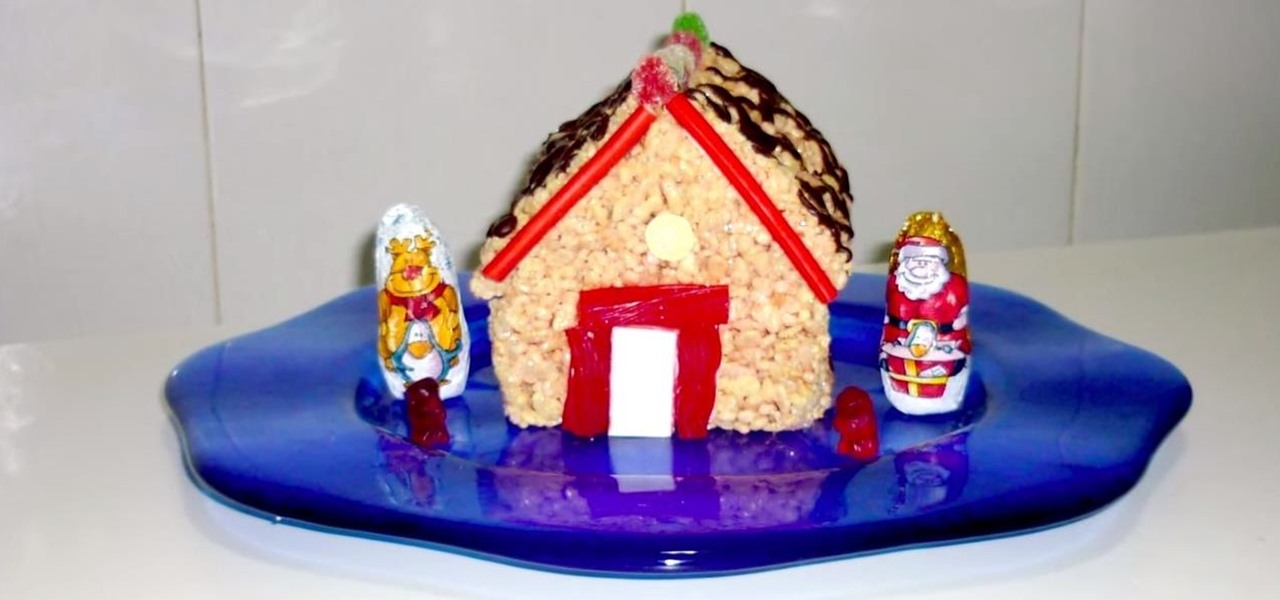
This was my little cooking project for the holidays, I hope you like it! For this recipe you will need:
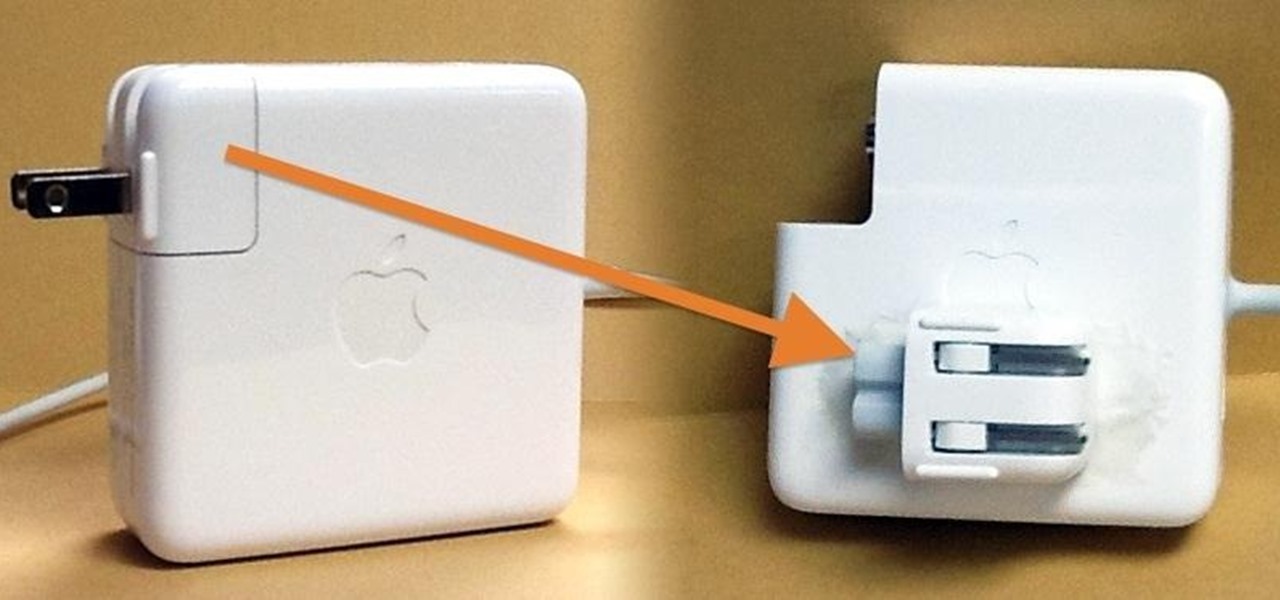
Apple's power adapters have had their fair share of criticism. Some users complain that the magnets aren't strong enough, others say the adapters overheat and just stop working, and there was even a class action lawsuit over fraying issues.

Video: . Step 1:
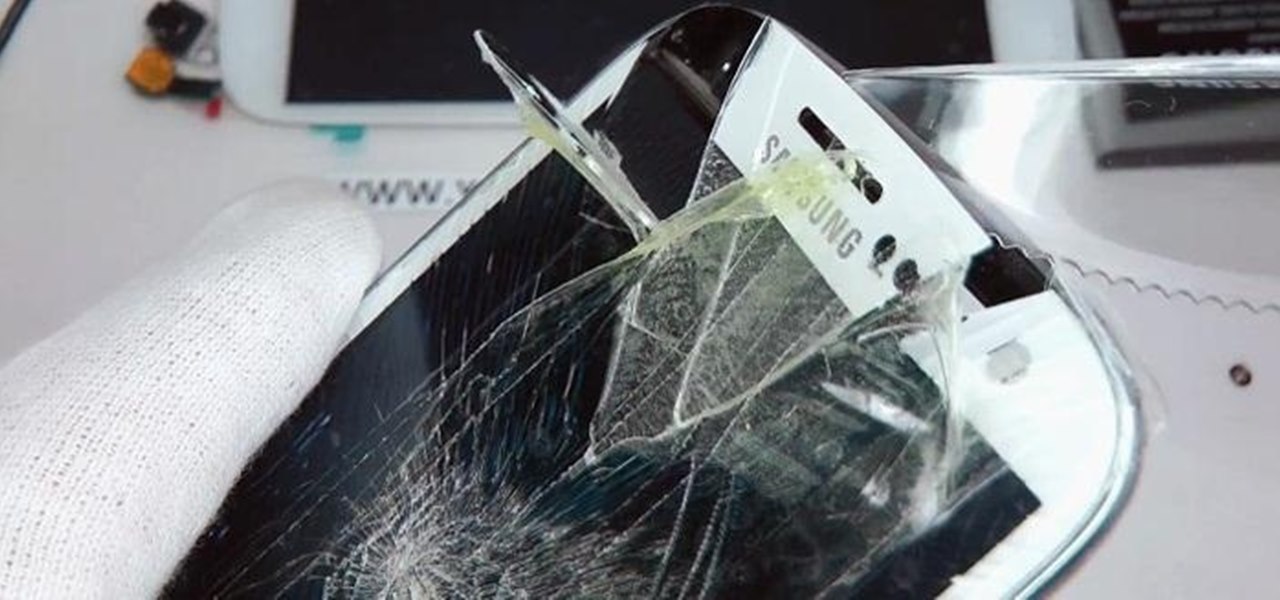
Many people drop their phone, resulting in the dreaded cracked screen. Luckily for you, a few of those people end up replacing the screen themselves, and sometimes they even leave behind detailed instructions on how to do it.

Everyone loves grilled cheese sandwiches! They're delicious, portable, and evoke images of your childhood. They really are the ultimate comfort food.